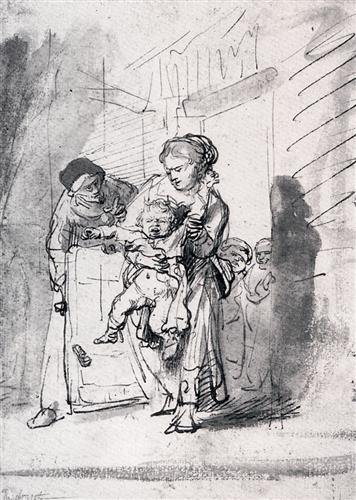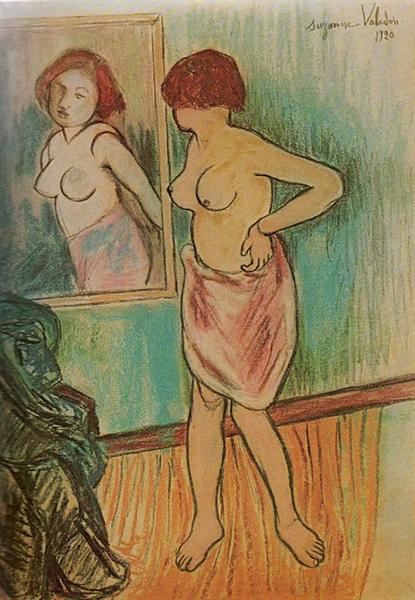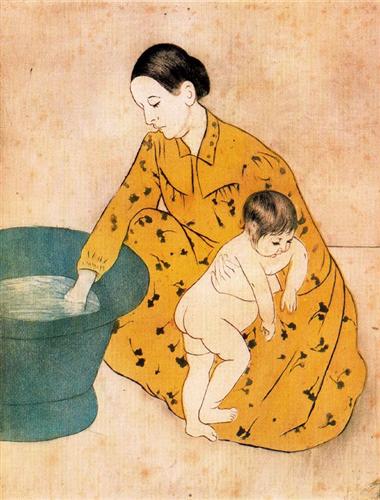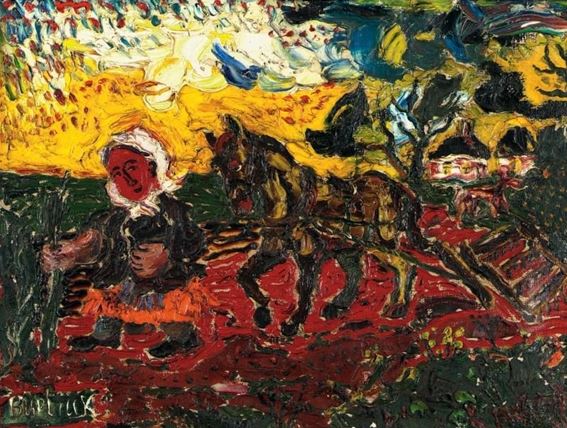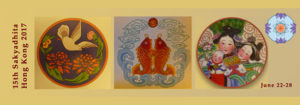Ik kan nu zien hoeveel van het moederschap vanaf het allereerste uur de vroege waarschuwingstekenen draagt van strijd met het ego. Ik wil slapen. Zij wil eten. Ik moet dit doen. Zij moet dit doen. Niet nog een keer. Nog een keer. Het kan aanvoelen alsof iemand je levend opeet. Wat wordt opgegeten is je ego. … Natuurlijk houd je van je kind, maar toch … tril je van angst voor een leven dat jouw controle te boven gaat.[…]
Je kind is een onvermoeibare leraar die voortdurend jouw zelf opgelegde grenzen, jouw egocentrische houding en je koppigheid verkent. Het is een ondankbaar werkje, dat niemand wil doen, maar jouw kind komt elke dag naar haar werk en neemt deze monumentale taak op zich. … jij bent ook een leraar. Van slimme vluchtwegen en onderhandelingen, van snelle wendingen en pirouettes. Van alle inventieve manieren om door het leven te gaan en niet met je hoofd tegen een muur te lopen. … [De moeder die dit heeft geleerd] gaat met de stroom mee en kan overal omheen gaan. Ze glimlacht en lacht snel. Ze ademt alsof alles mogelijk is.
Als een kind.
Karen Maezen Miller
